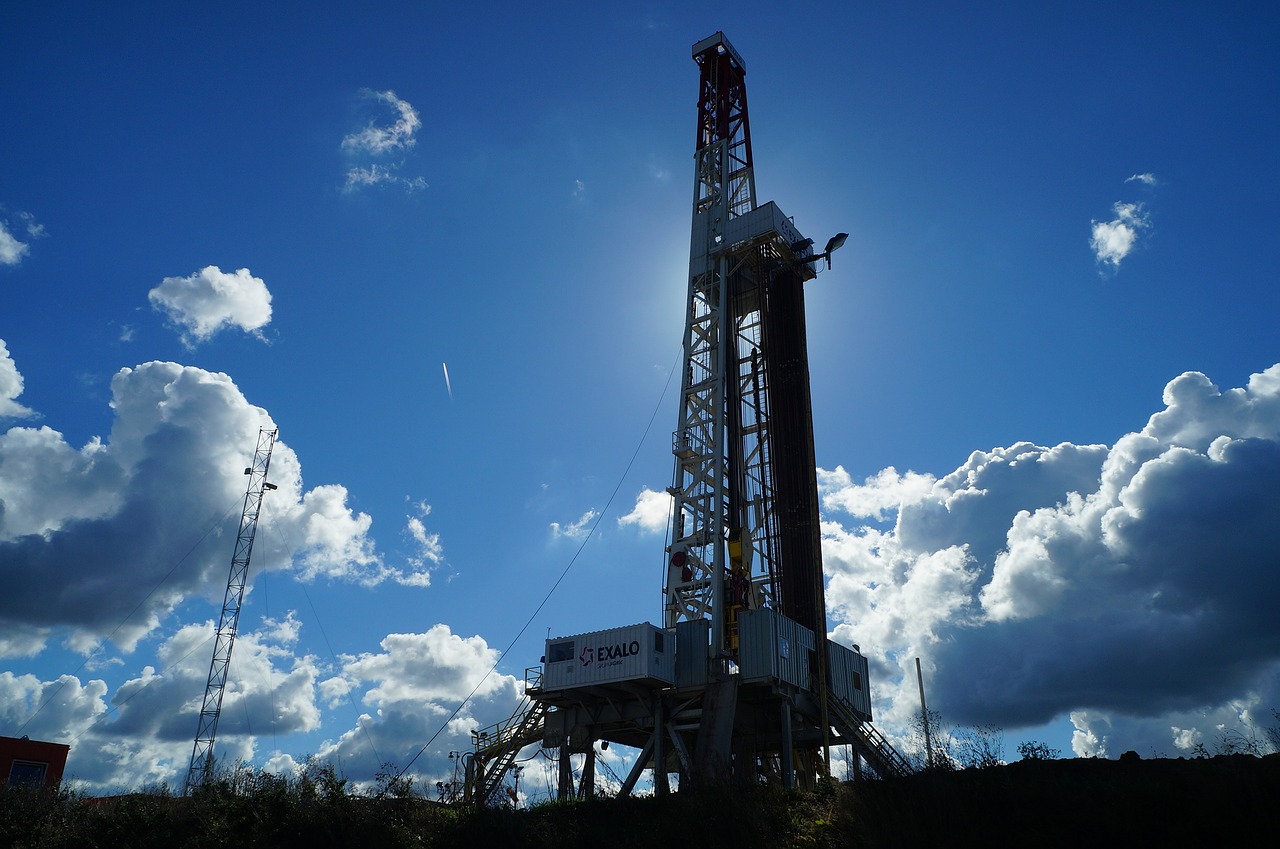
In industry, there are many devices that many newcomers may not completely understand. If you are beginning a career in the oil and gas industry or another sector where the use of pressure transducers are commonplace, this article will outline the basics of what they are, how they work, and the industrial applications that they have.
What is a pressure transducer?
A pressure transducer is a mechanical sensor that translates the displacement of an external force into an electrical signal.
This signal is often used to determine the amount of pressure in pounds per square inch that this external force is exerting on a specific surface or object.
How does it work?
Although different pressure transducers function in varying ways from model to model, they generally work by using piezoresistive technology to translate the pressure applied by external forces (like a truck driving onto a scale, or the earth pushing back on a drill bit on an oil rig) into a readable unit of measurement.
As the force is applied, the diaphragm flexes, changing the amount of resistance that the Wheatstone Bridge can offer in response. This change over time provides the reading that an operator or a machine can understand, allowing them to act in the appropriate manner.
Where are they used?
There are many places where apg transducers are used in industry. Below, we will give three common applications of this pressure measuring tool…
1) Weight scales
Ever drive past weight scales that tractor trailers are obligated to visit by law? Put in place to limit the amount of damage that overloaded trucks do to roadways over many years, these checkpoints have weight scales embedded in the pavement that measure the mass of transport trucks.
Pressure transducers are part of these systems, translating the force that these vehicles produce into a weight that helps enforcement agents get overloaded units off our highways.
2) Oil rigs
The oil and gas industry is a lucrative but dangerous business. Many of the risks that operators face on the job every day have to do with the pressures exerted by their equipment, the earth they are drilling into, and the oil and gas deposits that lie beneath the surface.
Pressure transducers monitor the amount of force that drill bits are facing, the amount of pressure being applied by drilling fluid that is being injected into a well, and the volume of extracted oil/gas that is passing out of a well.
These sensors ensure safety, as they give operators the information they need to prevent a catastrophic blowout.
3) Holding tanks
From municipal water towers to tank farms holding a variety of different chemicals, pressure transducers are used to monitor the level of liquid held within a vessel.
As the level drops, the pressure on the transducer decreases, leading to a reading that will eventually lead to a corrective action by whoever is overseeing it.